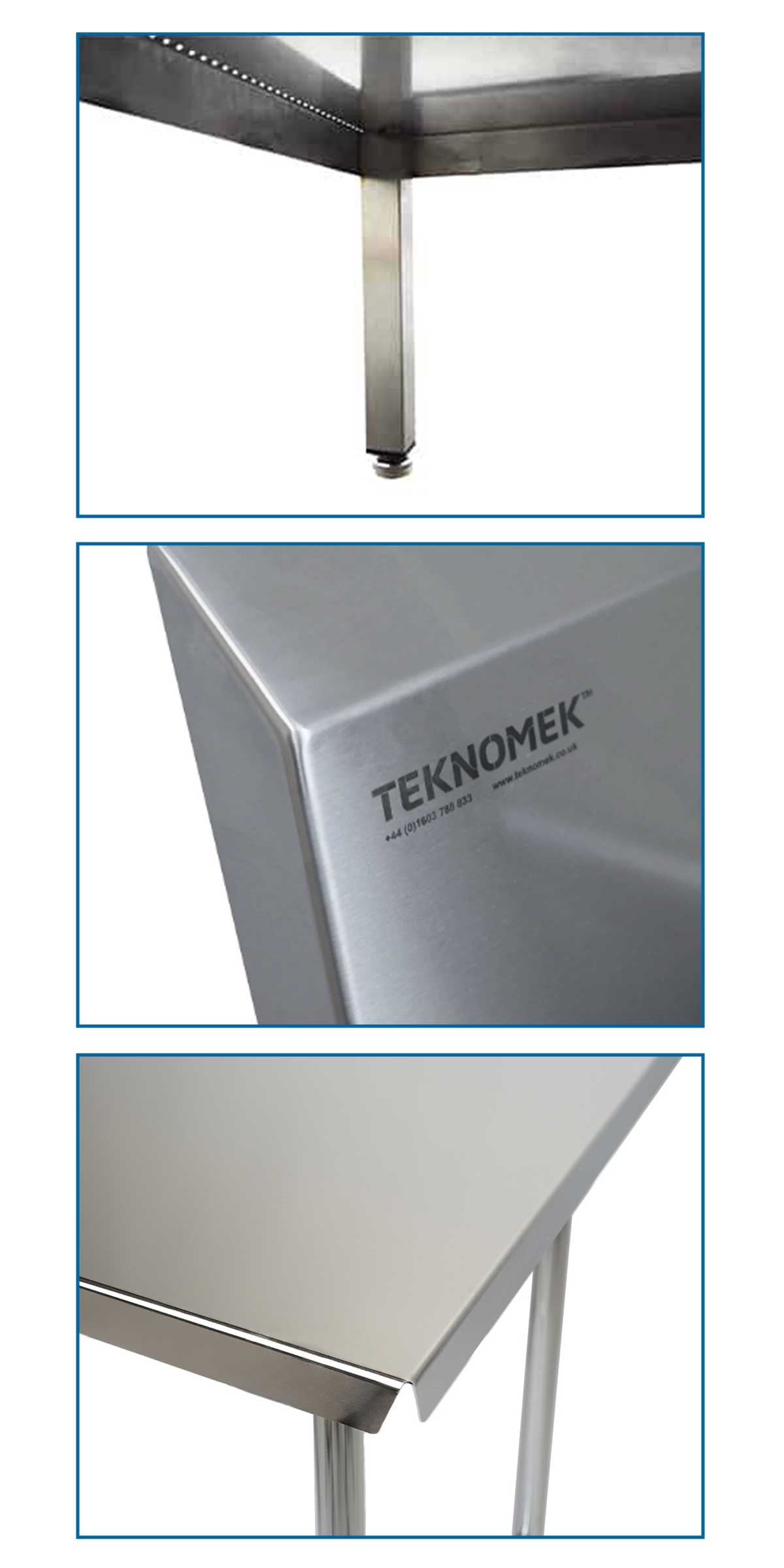At Teknomek, we think we can all agree that every step should be taken to avoid the spread of bacteria and contaminants. After all, cross contamination not only damages the integrity of the end product but can also impact safety and the reputation of the company involved. To minimise the risk of contamination and prepare for future audits, it’s critical that staff hygiene procedures are optimised to the best of the company’s ability. Using the correct equipment as part of stringent staff hygiene procedures can not only show compliance with health regulations but also ensure a high level of cleanliness across the workforce before they enter sensitive areas. We discuss how the right equipment during the changing room process can help maintain hygiene standards and keep you audit-ready every day.
Use the right hygienic equipment to reduce the risk of contamination
Why staff hygiene processes are important
Whether staff are in production and handling areas or office spaces, cross contamination can easily occur as staff move between “clean” and “dirty” environments. Even the smallest contamination can have serious consequences leading to illness, recalls, fines and even potentially site shutdowns. Because of this, it’s important that all staff follow the same hygienic processes and standards.

Hygienic design plays an important role
Teknomek’s furniture and equipment is designed to support hygienic environments in the food and pharmaceutical sectors with easy to clean surfaces and reduced dirt traps. Our stainless steel food containers are intended to be heavy-duty and suitable for rigorous cleaning. Innovative designs include features such as touch-free controls, minimised ledges and sloping tops. These features improve drainage and reduce the chance of bacterial growth.
The majority of our products are manufactured from 304L-grade stainless steel as standard due to its high durability, chemical and corrosion resistance. This can also usually be upgraded to 316L-grade with the option of electropolishing upon request. This high-quality equipment directly prevents contamination and ensures that staff can work in a hygienic and efficient manner.
Safe-guarding hygienic zones
In the efforts to reduce contamination, it’s important to safeguard high hygiene areas by placing sanitising equipment at entry and exit points. Hygiene processes should have clear signage so as not to be missed and barriers can also be used to ensure staff follow the correct sequence in hygienic procedures. Depending on your hygienic requirements, turnstiles may also offer an adequate solution with the additional choice of a built-in soap or sanitiser dispenser to use as staff pass through.
Providing an all-in-one sanitising solution
We recommend the use of hygiene stations in areas with stringent hygienic requirements. These offer an all-in-one solution with hand and boot washing supplied in one neat package. This useful equipment offers a quick and efficient way to ensure all staff are sanitised to the same standard with the ability to tailor washing times and the amount of cleaning solution used as staff pass through the automated process. Encouraging frequent hand hygiene, these stations help staff maintain compliance with sanitation protocols and contribute to a safer, more hygienic work environment.

When hand sanitisation isn't needed
Our range of boot and sole washers are designed to maintain high hygiene standards by preventing the spread of contaminants via footwear. These washers are equipped with automatic or manual scrubbing systems that efficiently clean boots and soles by removing dirt, debris, and harmful microorganisms. The equipment plays a vital role in maintaining cleanliness and reducing the risk of contamination by ensuring that footwear is consistently cleaned and sanitised before entering critical areas.
Building efficient staff hygiene procedures
Staff hygiene procedures are not just important; they are essential for the safe operation of environments that require sterility, cleanliness, and safety. These procedures should be clearly signposted using nudge theory to subtly guide staff through the expected (and enforced) process. To create maximum efficiency, equipment with automated aspects should be used to remove room for human error and provide consistency across the workforce. This highlights the importance of choosing the right equipment and how these decisions can have big implications for hygienic standards as well as future audits.
Make sure you choose the correct equipment for your hygiene regimes
Chat to our team of experts today for advice and guidance on your next purchase. Just call 1603 788833 or email mail@teknomek.co.uk.
